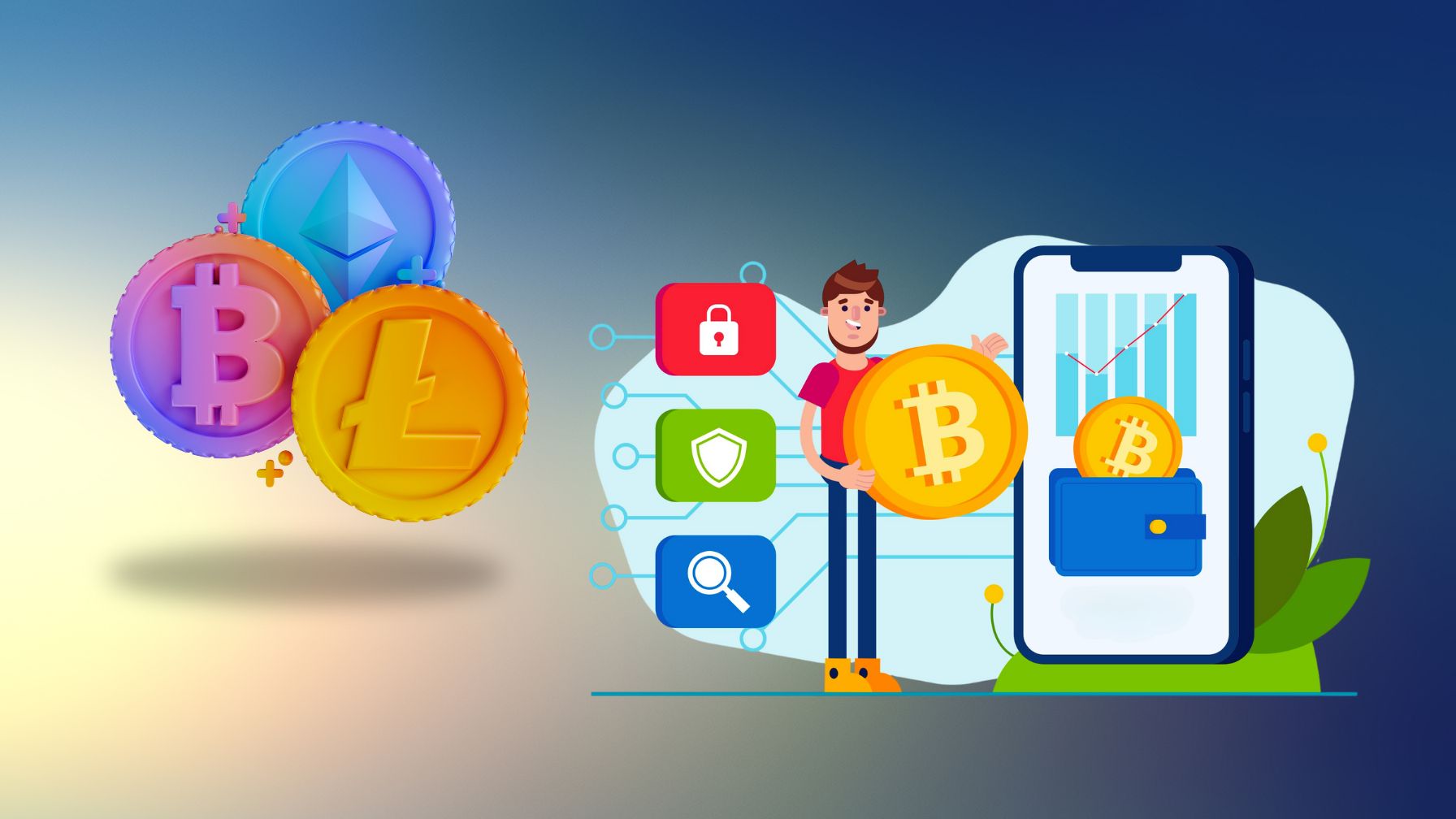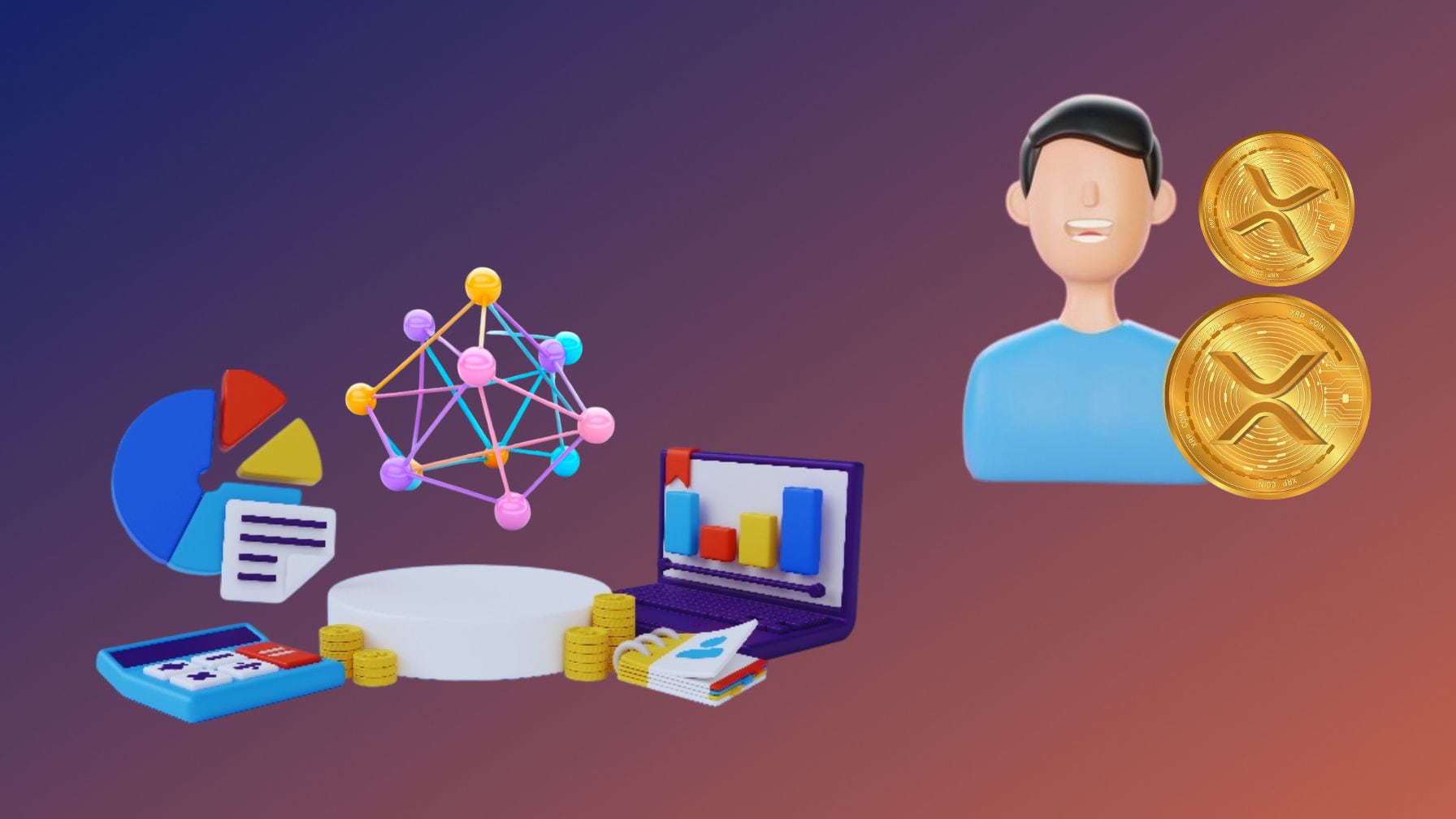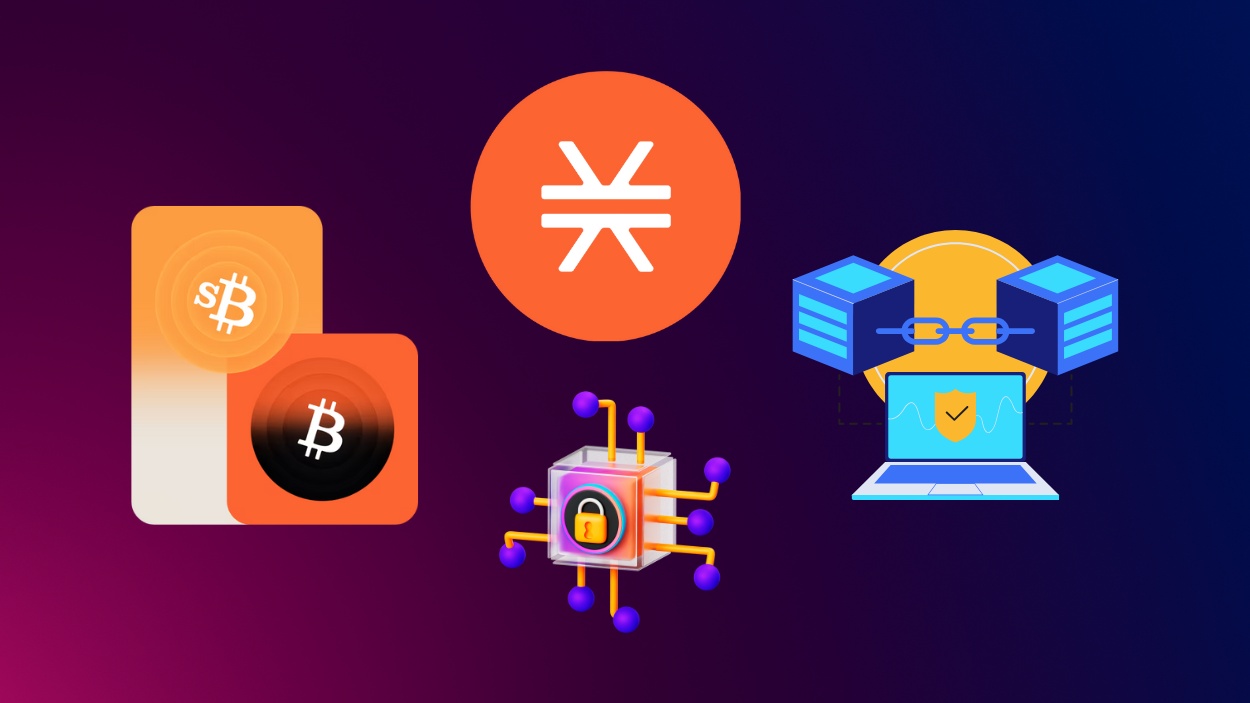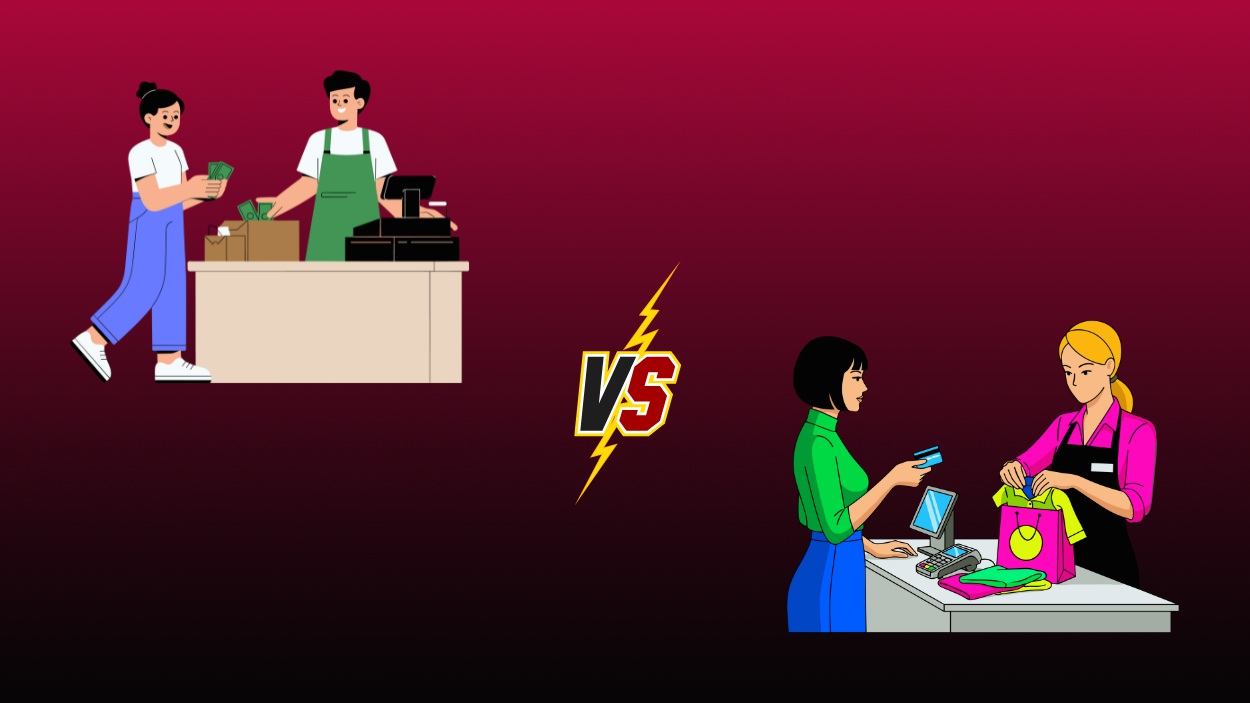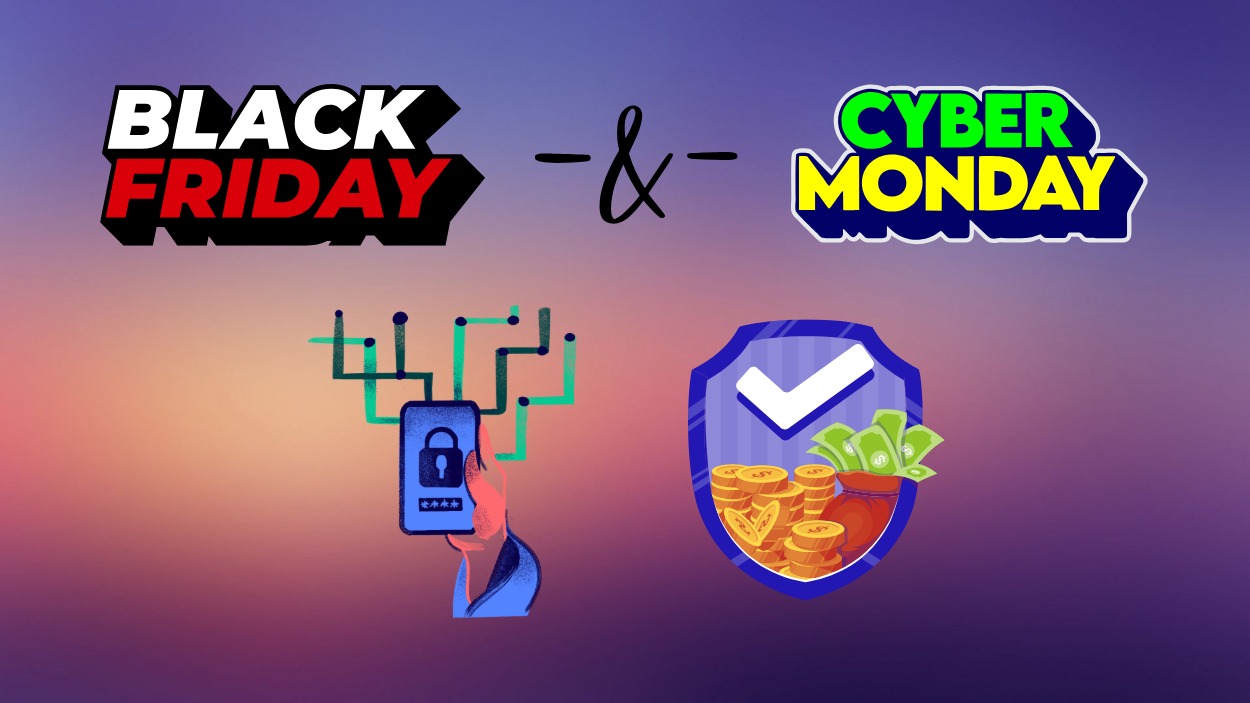Imagine a world where purchasing a cup of coffee with Bitcoin or Ethereum is as ordinary as swiping a credit card. This is no longer a fantasy but a growing reality. The cryptocurrency payments industry has seen an incredible transformation over recent years, with 2025 anticipated to be a landmark year. The evolution from fringe technology to mainstream payment methods is no longer just a topic for tech enthusiasts; businesses, governments, and everyday consumers are embracing this shift. Let’s explore the latest numbers and trends that outline the progress of crypto payments in the current landscape.
Editor’s Choice: Key Milestones in Crypto Payments
- 46% of surveyed merchants have integrated cryptocurrency payments into their accepted payment methods, with 82% citing the elimination of middlemen as the primary reason for adoption.
- Approximately 2,300 U.S. businesses accept Bitcoin, excluding Bitcoin ATMs.
- A survey of 2,000 U.S. executives shows merchants adopting digital currency for a competitive edge and market growth.
- 28% of American adults own cryptocurrencies, with ownership rates rising to 51% among Gen Z adults.
- More than 36.4 million different crypto tokens have been created, though not all are active or valuable. Bitcoin leads in market value, with Ethereum and Ripple’s XRP rounding out the top three.
- Approximately 61% of cryptocurrency owners are men, while women comprise 39% of crypto owners.
- Global payments revenue is expected to exceed $3 trillion by 2026, fueled by digital transactions and emerging payment technologies.
Crypto Payment Gateway Market Share Breakdown
- Bitcoin dominates the market with a 52% share, making it the most widely accepted cryptocurrency in payment gateways.
- Ethereum holds the second spot with an 18% share, reflecting strong adoption for smart contract-based transactions.
- Litecoin captures 10% of the market, favored for its faster transaction speeds and lower fees.
- Ripple (XRP) represents 8% of the share, benefiting from its focus on cross-border payments.
- Dash accounts for 6%, often chosen for its privacy features and efficiency.
- Other cryptocurrencies make up the remaining 6%, showcasing a diverse but limited adoption of altcoins.

Crypto Payment Gateways Market Trends
- 43% of e-commerce platforms now integrate crypto payment options by 2025.
- Crypto credit cards offering crypto cashback are now supported by 68% of top providers, reflecting rising consumer demand.
- Stablecoin transactions represent 76% of crypto payments in 2025, led by USDT, USDC, and FDUSD due to low volatility.
- 52% of crypto payment providers support the Lightning Network in 2025 to ensure faster and cheaper transactions.
- Web3 wallets are embedded in 88% of crypto gateways, streamlining blockchain access and enhancing user control.
- Biometric security is used by 53% of providers in 2025, reinforcing the shift toward mobile-first secure payments.
- Cross-chain compatibility is now offered by 42% of platforms, enabling seamless transactions across diverse blockchain ecosystems.
- Zero-confirmation payments are adopted by 38% of crypto-friendly businesses, prioritizing speed in retail and gaming payments.
- Direct NFT transactions are enabled by 15% of payment gateways, driven by the expansion of the digital asset economy.
Key Companies & Market Share Insights
- Binance Pay leads with an 18.5% market share in 2025, maintaining dominance through global reach and millions of active users.
- Coinbase Commerce holds a 14% share, strengthened by institutional partnerships and seamless banking integration.
- BitPay ranks third with a 10.8% market share, continuing to thrive due to multi-coin support and ease of use.
- NOWPayments commands 9.5% of the market, favored by SMBs for its plug-and-play crypto payment tools.
- MoonPay secures 7.2% share, boosted by partnerships with Web3 brands and fast crypto-to-fiat conversion.
- Alipay and WeChat Pay now each hold 4.8% of the market, signaling early traction in Asia’s crypto payment expansion.
- Crypto.com Pay has grown to a 6.5% share, driven by zero-fee transactions and strong loyalty rewards.
- PayPal’s crypto services expanded to a 5.1% market share, pulling in traditional users into crypto commerce.
- Revolut now controls 5.4% of the European crypto payments market, integrating crypto within neobank experiences.
- Shopify’s blockchain tools are used by 8.2% of online merchants, solidifying its role in e-commerce and crypto adoption.

Role of Layer 2 Solutions Like Lightning Network
- Bitcoin’s Lightning Network now facilitates 47% of Bitcoin’s payment volume, offering instant finality and ultra-low fees.
- Polygon supports 63% of Ethereum’s gaming and NFT transactions, enabling gas-free micro-payments across dApps and marketplaces.
- Arbitrum processes 13.2% of Ethereum-based crypto payments, leading among scalable Layer 2 DeFi platforms.
- Optimism powers 9.4% of Layer 2 Ethereum transactions, cutting costs for retail payments and subscriptions.
- zk-Rollups now handle 11.5% of Ethereum Layer 2 transactions, valued for speed, security, and privacy enhancements.
- StarkNet covers 6.2% of Ethereum transactions, with growth driven by low-cost DeFi and Web3 payment flows.
- Immutable X commands 22% of Layer 2 NFT transaction volume, supporting gas-free trading in games and collectibles.
- Loopring is used for 6.8% of Ethereum Layer 2 payments, popular for high-throughput retail and exchange transactions.
- Lightning Network nodes increased by 35% in 2025, with strong deployment in North America, Europe, and Southeast Asia.
- Cross-chain Layer 2 solutions now account for 17% of total transactions, advancing the interoperable multichain ecosystem.
Dominance of Bitcoin and USDT in Transactions
- Bitcoin leads with 42% of all crypto transactions in 2025, maintaining dominance due to global trust and broad merchant adoption.
- USDT (Tether) is second with 33% of transaction volume, favored for its price stability and near-zero volatility.
- Ethereum usage rose to 11.5%, gaining ground through smart contract automation in B2B and recurring payments.
- USDC now holds 7.6% of the transaction share, still strong in regulated North American markets.
- FDUSD has replaced BUSD in many markets, now contributing 5.3% of transactions, particularly across Asia.
- Bitcoin Lightning Network supports 24% of Bitcoin’s payment volume, making it essential for instant, low-fee transactions.
- Litecoin represents 3.5% of crypto transactions, used widely in retail and small payments for its speed and low cost.
- Dai and other decentralized stablecoins make up 2.4%, appealing to privacy-conscious users and DeFi integrations.
- Wrapped Bitcoin (WBTC) accounts for 1.2% of crypto payments, primarily within DeFi platforms and cross-chain apps.
- Dogecoin retains a 1.3% share, popular in microtransactions and tipping, thanks to community support and meme culture.

Operating System Insights
- Android remains the preferred OS for crypto transactions, accounting for 65% of mobile crypto payments due to its compatibility with various wallets and apps.
- iOS users make up 30% of crypto transactions, driven by the increasing adoption of secure, user-friendly crypto wallets on iOS devices.

- Linux-based systems power 75% of all Bitcoin mining operations, highlighting their robustness for blockchain operations.
- Windows is widely used among developers and for desktop crypto trading, representing 40% of transactions from desktop platforms.
- macOS accounts for 15% of crypto desktop transactions, as it’s favored by professionals in creative industries and high-net-worth individuals.
- Chrome OS adoption is rising, now accounting for 5% of mobile crypto wallet downloads, thanks to increased Chromebook sales and compatibility with mobile wallets.
- Wearable OS platforms, such as Apple Watch and Samsung Gear, represent 2% of total crypto payments, as mobile and wearable technology converge.
- Internet of Things (IoT) devices have entered the crypto space, with 1% of crypto transactions made through IoT-enabled systems for seamless micropayments.
- Embedded systems represent 3% of the crypto transaction volume, mostly in regions where digital infrastructure supports embedded solutions.
- Blockchain-native OS platforms, such as Solana Mobile Stack, are still niche but show promise in the developer community for efficient and secure crypto transactions.
End-user Insights
- Retail customers account for 60% of crypto transactions, primarily using crypto for online purchases, remittances, and investments.
- B2B crypto payments represent 25% of transaction volume, with companies using crypto for cross-border payments and vendor transactions.
- Millennials are the most active demographic in crypto payments, representing 40% of users, attracted by digital-first payment options.
- Gen Z adoption has seen a notable rise, accounting for 20% of the user base, especially for microtransactions and digital collectibles.
- High-net-worth individuals (HNWIs) make up 15% of the market, often using crypto for asset diversification and high-value transactions.
- Crypto enthusiasts and early adopters still represent 35% of all users, mainly using crypto wallets and exchanges for day-to-day transactions.
- Tech-savvy freelancers and gig workers have increased adoption, representing 20% of transactions, as crypto provides a convenient alternative to traditional invoicing.
- Unbanked populations are using crypto wallets as primary banking solutions, accounting for 15% of all crypto wallet downloads in developing regions.
- Small businesses represent 10% of crypto payments as they leverage lower fees and faster processing for cross-border and domestic transactions.
- Institutional investors are cautiously entering the space, contributing 5% of transactions as they explore diversified digital assets.
Top 10 Countries by Crypto Ownership Rate
- UAE leads globally with a 25.3% crypto ownership rate, reflecting widespread digital asset adoption in the Gulf region.
- Singapore ranks second with 24.4%, driven by its strong fintech ecosystem and progressive crypto regulations.
- Türkiye holds a 19.3% rate, showing growing interest amid economic volatility and inflation concerns.
- Argentina has an 18.9% ownership rate, fueled by currency instability and crypto as a hedge.
- Thailand follows with 17.6%, indicating increased retail participation in digital currencies.
- Brazil shows a 17.5% ownership rate, highlighting Latin America’s rising crypto activity.
- Vietnam closely trails at 17.4%, maintaining its role as a major Southeast Asian crypto hub.
- The USA has a 15.5% rate, reflecting steady adoption in a mature tech and investment market.
- Saudi Arabia reports 15% ownership, suggesting growing interest in crypto investments.
- Malaysia rounds out the list with a 14.3% rate, driven by youth adoption and digital economy growth.

The Landscape of Cryptocurrency Payments
- Global crypto transaction volume is projected to hit $10.8 trillion in 2025, fueled by rising retail and institutional adoption.
- Crypto ATMs increased by 17%, now surpassing 45,000 machines globally for on-ramp and off-ramp transactions.
- 78% of Fortune 500 companies are exploring or piloting crypto payments, especially for international B2B transfers.
- E-commerce crypto adoption grew by 38%, with over 32,000 online merchants now supporting digital asset payments.
- Crypto wallet downloads rose by 42% YoY, reaching 320 million active wallets across mobile and desktop platforms.
- 87% of crypto transactions in 2025 are processed via mobile devices, solidifying the mobile-first payment shift.
- DeFi platforms now account for 22% of total crypto transactions, driven by P2P lending, staking, and yield protocols.
- NFT-related payments represent 9.5% of transaction volume, mainly for collectibles, gaming assets, and digital art.
- Crypto-integrated gaming platforms have expanded, with 24% of developers now supporting in-game crypto purchases.
- Crypto remittances are projected to surpass $320 billion in 2025, offering low-cost and near-instant global transfers.
Blockchain Adoption by Industry: Sector-Wise Market Share
- Banking & Finance leads blockchain adoption with a 30% share, reflecting its strong focus on secure transactions and digital ledgers.
- Government takes the second spot at 13%, using blockchain for identity, records, and transparency in public services.
- Insurance holds a 12% share, leveraging blockchain for claims processing and fraud prevention.
- Healthcare accounts for 8%, adopting the tech for secure medical records and data sharing.
- Media, Entertainment & Gaming also makes up 8%, driven by use in digital rights and NFT platforms.
- Others contribute 7%, showing a broadening interest across various niche sectors.
- Generic industry applications represent 6%, indicating non-specific or multi-sector uses of blockchain.
- Technology Services holds another 6%, implementing blockchain in software and infrastructure innovations.
- Professional Services use blockchain for contracts and workflows, holding a 4% share.
- Energy & Utilities claim 3%, applying blockchain in grid management and energy trading.
- Manufacturing also has a 3% share, focusing on supply chain traceability and automation.

Top Impacting Factors
- Regulatory clarity in developed countries has encouraged 20% growth in crypto payments as businesses feel more secure integrating these options.
- Cross-border payment efficiency is a key driver, saving up to 80% in transaction costs compared to traditional bank transfers.
- Environmental concerns are impacting growth, with 10% of businesses pausing crypto adoption due to the high energy use of proof-of-work currencies.
- Stablecoins reduce volatility risks, with 60% of businesses using them to ensure predictable transaction values.
- Blockchain scalability is critical, as seen with Ethereum’s 70% adoption rate for Layer 2 solutions to manage network congestion and reduce fees.
- Security and fraud concerns remain high, with 25% of consumers hesitant to adopt crypto due to hacking risks and privacy issues.
- Merchant incentives like lower transaction fees and rewards are being adopted by 30% of retailers to encourage crypto payments.
- Consumer demand for privacy is boosting the popularity of privacy-focused coins, representing 5% of transaction volume among users prioritizing anonymity.
- Integration with Web3 wallets has streamlined the experience, now featured by 80% of major crypto payment gateways.
- Institutional investment is increasing, with 15% of hedge funds and asset managers incorporating crypto into their portfolios to capitalize on digital asset growth.
Bitcoin Payment Ecosystem Market Forecast
- The global Bitcoin payment ecosystem is projected to grow to $2.77 billion by 2029.
- In 2025, the market is expected to reach $1.56 billion, showing strong early momentum.
- The ecosystem will grow at a CAGR of 15.5%, reflecting increasing adoption and merchant integration.
- Growth continues with $1.8B in 2026, $2.1B in 2027, and $2.4B in 2028, showing consistent upward trends.
This rising trajectory highlights the mainstream potential of Bitcoin payments in global commerce.
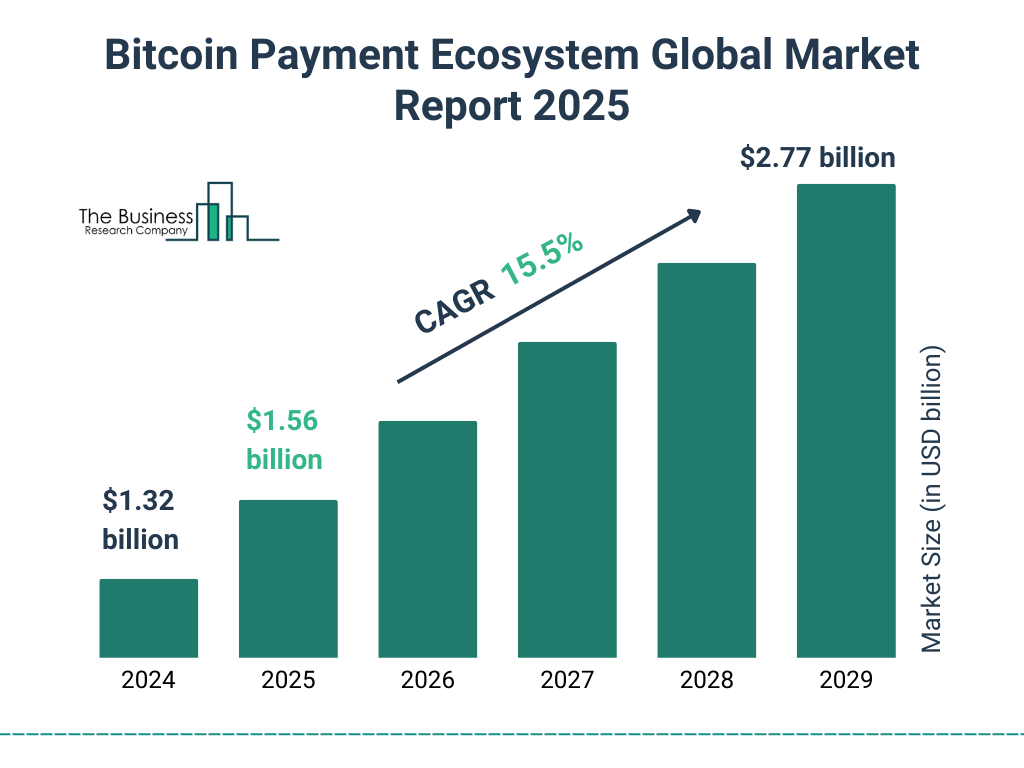
The Future of Cryptocurrency Payments
- Global adoption of crypto payments is anticipated to rise to 40% of businesses by 2030, as regulatory frameworks stabilize and blockchain technology advances.
- Central Bank Digital Currencies (CBDCs) are set to reshape the landscape, with 15% of countries expected to launch CBDCs by 2025, integrating with existing crypto payments.
- Interoperability across blockchains is predicted to be a major advancement, with 30% of transactions utilizing cross-chain technology to improve accessibility.
- Artificial intelligence (AI) and machine learning will enhance security and fraud detection, expected to reduce crypto payment fraud by 25% by 2026.
- Quantum computing may disrupt the blockchain security paradigm, leading to new encryption standards across all crypto networks.
- Automated compliance tools will likely be implemented by 50% of crypto platforms, simplifying regulatory adherence and preventing unauthorized transactions.
- Carbon-neutral blockchains are on the rise, with 35% of companies investing in low-energy solutions to reduce crypto’s environmental footprint.
- Smart contracts are expected to become mainstream, facilitating 80% of crypto payments in business-to-business (B2B) settings for efficiency.
- Crypto-based loyalty programs will become more common, with 20% of companies offering rewards in crypto as part of customer retention strategies.
- Financial inclusion through crypto is forecasted to reach 1 billion people by 2030, especially in regions with limited banking access, providing a reliable alternative to traditional financial systems.
Recent Developments
- Crypto payment adoption is projected to grow by 85% through 2026, fueled by regulatory support and scalable payment infrastructure.
- Gucci now accepts 12 cryptocurrencies across its entire U.S. retail network, tapping into Gen Z and Web3-native shoppers.
- Blockchain technology is driving real-time, secure B2B settlements in 2025, reshaping global finance and treasury operations.
- In March 2025, OKX expanded instant fiat services to support HKD and SGD transfers via DBS, PayNow, and FAST integration.
- Visa and PayPal have deepened stablecoin integrations, with Visa’s VTAP now in pilot phase to support cross-border tokenized payments.
Conclusion
As crypto payments grow, they represent a significant shift in the global financial landscape, promising new efficiencies and accessibility. While challenges remain, particularly in regulation and environmental impact, innovations in blockchain technology and user demand are propelling forward. The cryptocurrency payments industry is carving out its place, aiming to complement and occasionally even replace traditional financial systems. For consumers and businesses alike, staying informed on trends, regulations, and technological advancements will be crucial as crypto payments continue to evolve.


